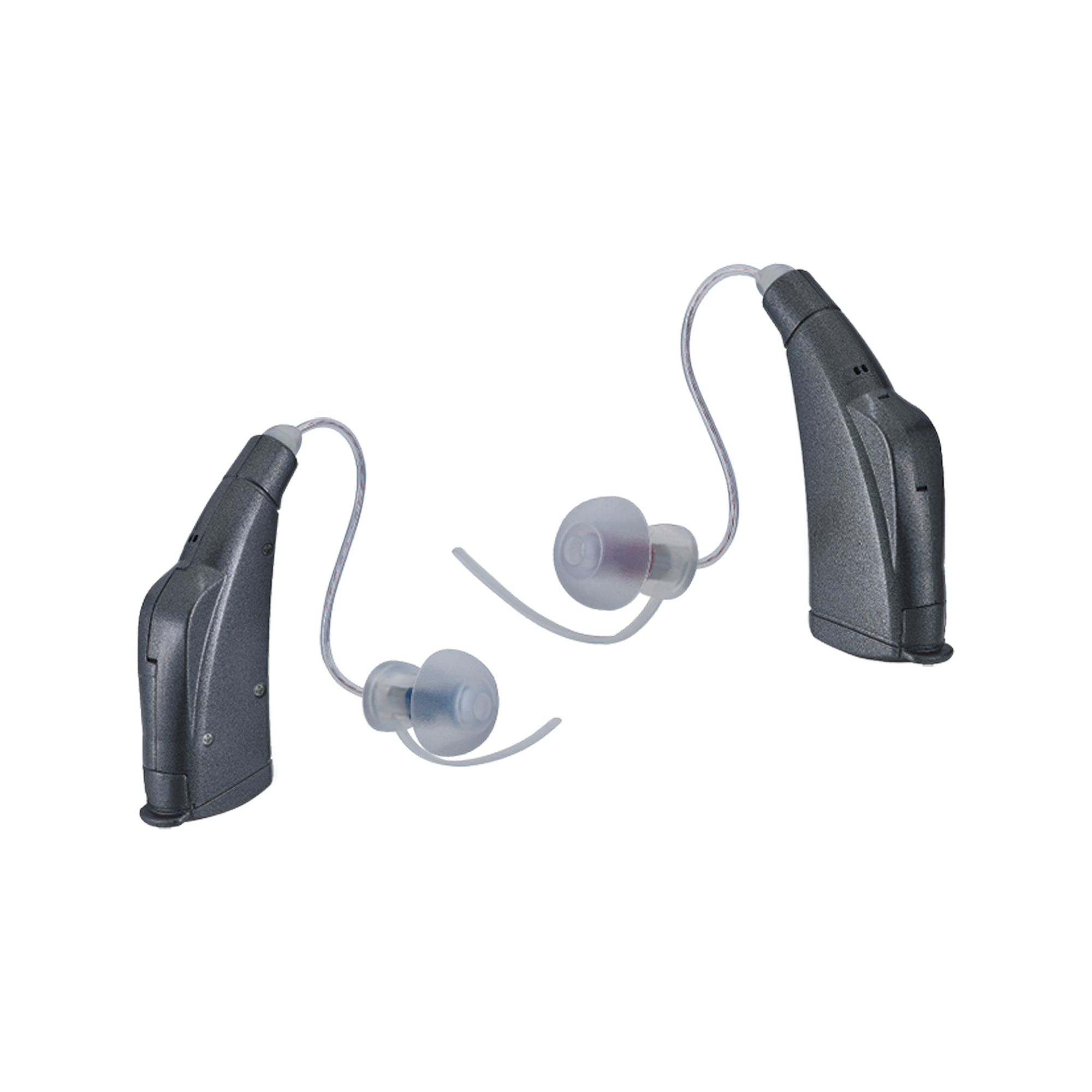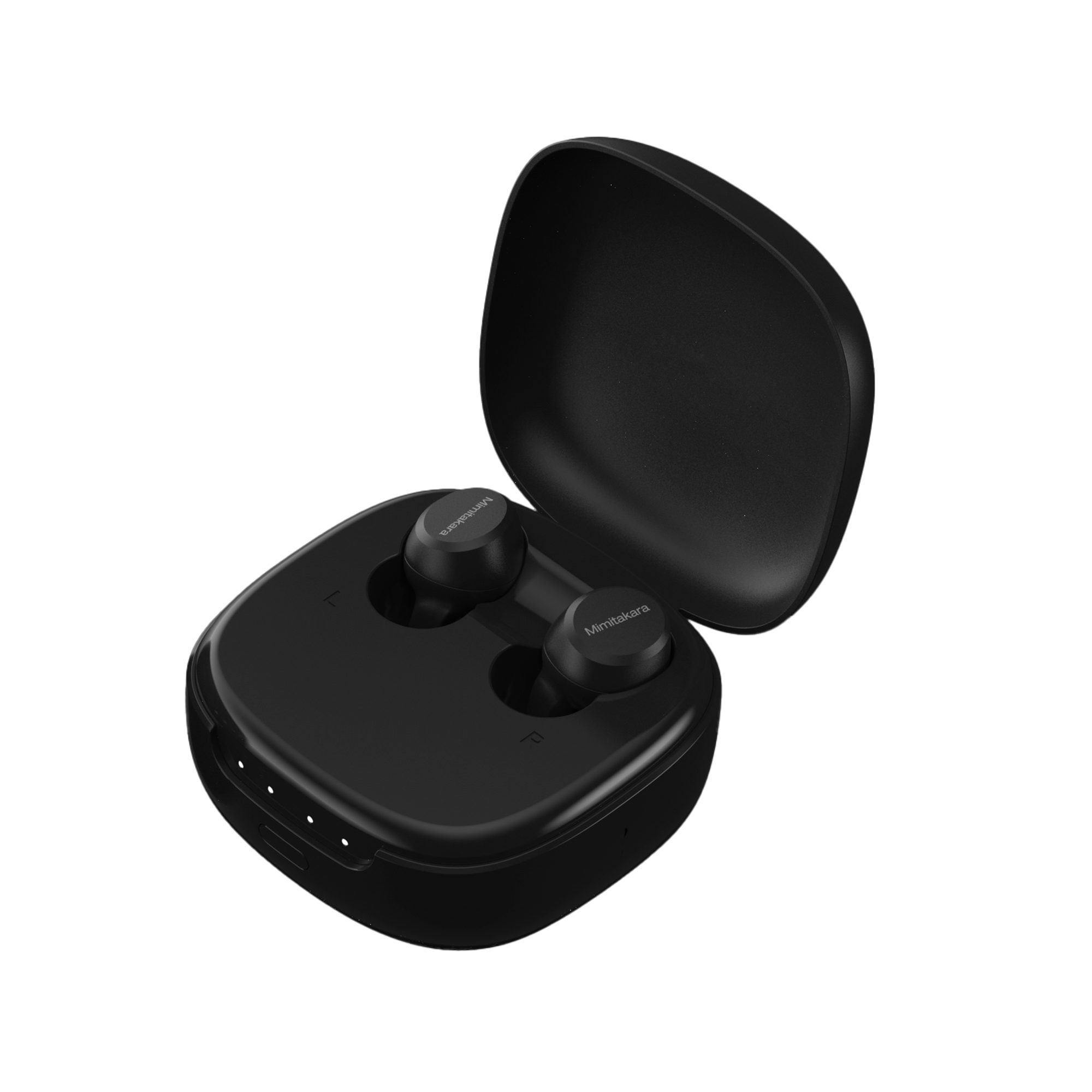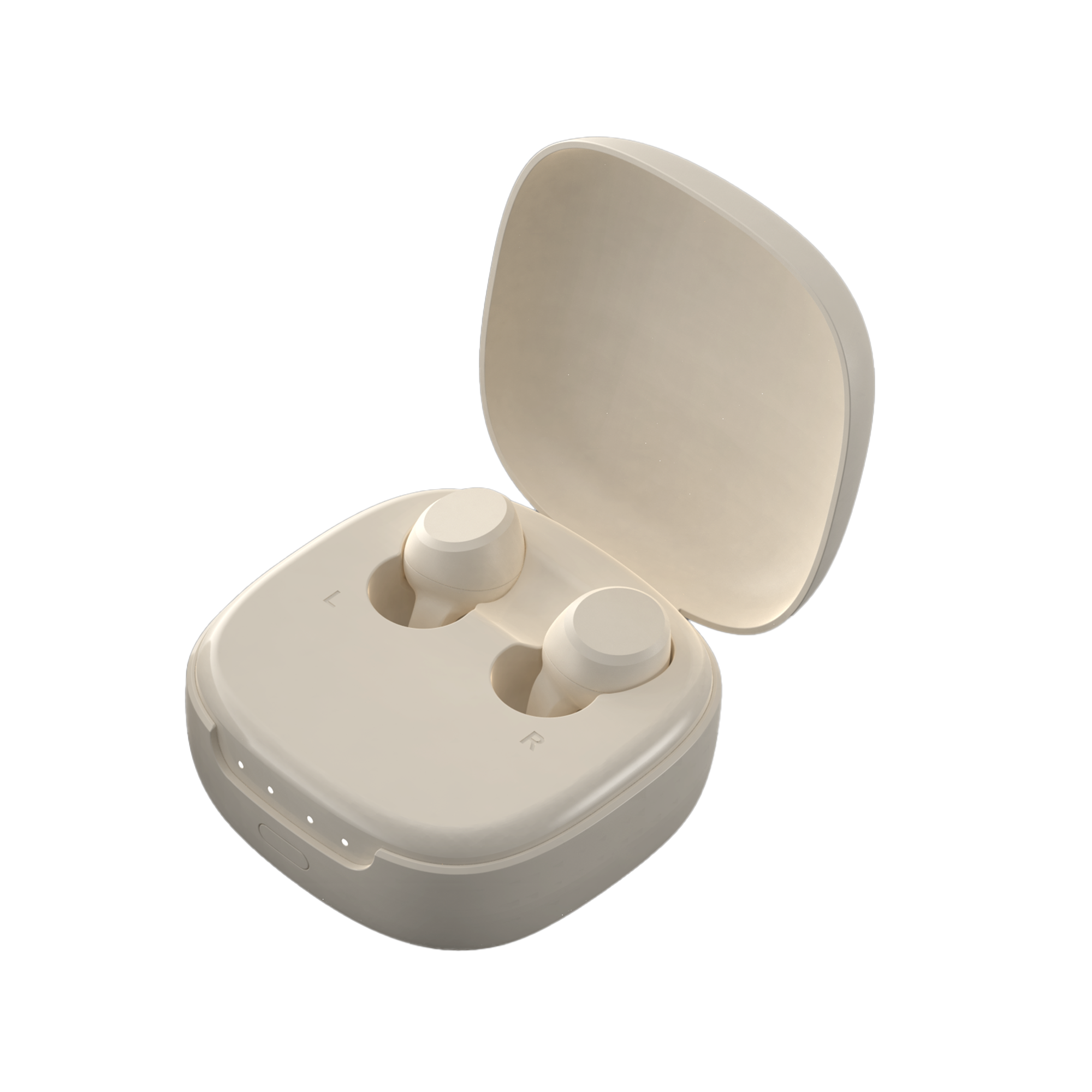Introduction
Hearing loss is a common condition that affects millions of people worldwide, ranging from mild discomfort to severe impairment. When it comes to hearing loss, understanding the severity is essential for choosing the right hearing aids and taking appropriate steps to improve hearing health.
A 70% hearing loss indicates a significant degree of impairment, often leading to difficulties in understanding speech and environmental sounds. It is important to note that hearing loss is measured in decibels (dB), and the percentage refers to the severity of hearing impairment in relation to normal hearing ability. In this blog, we will explore what 70% hearing loss means, how it affects daily life, the common causes, and available solutions, including hearing aids from Mimitakara.
1. Understanding Hearing Loss
What is Hearing Loss?
Hearing loss refers to the reduced ability to hear sounds, which can vary in severity. It can affect one ear (unilateral) or both ears (bilateral). The severity of hearing loss is usually classified into five categories:
- Mild Hearing Loss: Difficulty hearing soft sounds, especially in noisy environments.
- Moderate Hearing Loss: Trouble hearing normal conversations and sounds in a typical environment.
- Severe Hearing Loss: Difficulty hearing loud speech even in a quiet room.
- Profound Hearing Loss: Inability to hear any speech without amplification or to hear sounds in the environment.
- 70% Hearing Loss: A severe to profound hearing loss, typically requiring advanced hearing aids for amplification.
Measuring Hearing Loss
Hearing loss is measured using a test called an audiogram. The audiogram plots the softest sounds you can hear at various pitches (frequencies) in each ear. The degree of hearing loss is then determined based on the decibel (dB) level, with the following classifications:
- Normal Hearing: 0-25 dB
- Mild Hearing Loss: 26-40 dB
- Moderate Hearing Loss: 41-55 dB
- Severe Hearing Loss: 56-70 dB
- Profound Hearing Loss: 71+ dB

2. What Does 70% Hearing Loss Mean?
Understanding the Impact of 70% Hearing Loss
A 70% hearing loss typically means that an individual has severe hearing impairment. At this level, the ability to hear normal speech is significantly compromised. People with 70% hearing loss may experience:
- Difficulty understanding speech even in quiet settings.
- Trouble hearing conversations in a typical setting, especially when there is background noise.
- Limited ability to hear high-frequency sounds, such as birdsong, doorbells, or alarms.
At 70% hearing loss, individuals may rely on lip reading, sign language, or hearing aids to facilitate communication. It is crucial for individuals with this level of hearing loss to seek professional evaluation and appropriate hearing aids to enhance their ability to communicate effectively.
The Effect of 70% Hearing Loss on Daily Life
A 70% hearing loss has a profound impact on daily activities. Here are some of the challenges individuals may face:
- Communication Challenges
Individuals with 70% hearing loss may find it difficult to participate in conversations, especially in group settings or noisy environments. They may require frequent repetition and may struggle to hear or understand speech, leading to frustration for both the individual and those around them.
- Difficulty Hearing Environmental Sounds
Hearing environmental sounds, such as sirens, traffic noise, or doorbells, can be challenging. This can affect safety, as individuals may miss important signals in their surroundings.
- Social Isolation
The inability to hear conversations can lead to social isolation, as individuals may avoid social interactions to prevent embarrassment or frustration. This can impact their mental health, leading to conditions such as anxiety and depression.
3. Causes of 70% Hearing Loss
Age-Related Hearing Loss (Presbycusis)
Presbycusis, or age-related hearing loss, is the most common cause of hearing loss in individuals over the age of 65. This condition affects both high-frequency and low-frequency hearing, typically making it harder to hear speech sounds, especially in noisy environments.
Noise-Induced Hearing Loss (NIHL)
Noise-induced hearing loss occurs due to prolonged exposure to loud noises, such as music, construction sites, or aircraft noise. Over time, exposure to these noises damages the hair cells in the inner ear, leading to permanent hearing loss.
Genetic Factors
Some individuals may experience genetic hearing loss, either from birth or as they age. Inherited conditions can lead to progressive hearing loss, eventually affecting an individual’s ability to hear clearly.
Medical Conditions and Medications
Certain medical conditions, such as diabetes, heart disease, and high blood pressure, can contribute to hearing loss. Additionally, some medications, especially ototoxic drugs, may have side effects that impair hearing.
4. How Hearing Aids Help with 70% Hearing Loss
The Role of Hearing Aids
Hearing aids are the most effective solution for individuals with hearing loss, particularly those with moderate to profound hearing loss like 70% hearing loss. Modern hearing aids offer various features that improve speech clarity, reduce background noise, and enhance hearing in challenging environments.
Features of Hearing Aids for Severe Hearing Loss
- Noise Reduction: Modern hearing aids come with advanced noise reduction features that help filter out background noise, making speech clearer.
- Directional Microphones: These microphones focus on sounds in front of the user, improving speech recognition in crowded or noisy environments.
- Bluetooth Connectivity: Some hearing aids offer Bluetooth capabilities, allowing users to connect directly to smartphones, tablets, and other devices.
5. Types of Hearing Aids for 70% Hearing Loss
Behind-the-Ear (BTE) Hearing Aids
BTE hearing aids are ideal for individuals with severe to profound hearing loss. These hearing aids are worn behind the ear and are connected to a custom ear mold or dome. They provide amplification for those who require stronger hearing support.
In-the-Ear (ITE) Hearing Aids
ITE hearing aids are custom-molded to fit the outer part of the ear. They offer clear sound amplification and are designed for moderate to severe hearing loss.
In-the-Canal (ITC) Hearing Aids
ITC hearing aids are placed inside the ear canal. They are discreet, comfortable, and provide enhanced sound quality, making them a good choice for those with moderate hearing loss.
6. Tips for Managing 70% Hearing Loss
Regular Hearing Checkups
Regular visits to an audiologist are essential for monitoring hearing loss and adjusting hearing aids as needed. Audiologists can help fine-tune settings and ensure the best possible hearing experience.
Communication Strategies
Individuals with 70% hearing loss can benefit from learning communication strategies such as:
- Lip-reading
- Using written communication
- Asking for repetitions when necessary
Use Hearing Aid Accessories
Consider using hearing aid accessories like streaming devices or remote microphones to enhance listening in difficult environments.
7. Cost of Hearing Aids for 70% Hearing Loss
The price of hearing aids can vary significantly depending on the brand, features, and level of hearing loss. For individuals with 70% hearing loss, advanced features like noise reduction, directional microphones, and Bluetooth connectivity are often necessary.
8. Conclusion: Enhancing Your Quality of Life with Hearing Aids
70% hearing loss is a significant condition, but with the right hearing aids and support, it doesn’t have to limit your ability to enjoy life. Mimitakara offers a variety of affordable, high-quality hearing aids tailored to meet the needs of individuals with moderate to severe hearing loss. By understanding the benefits of hearing aids and choosing the right model, you can regain clarity, improve communication, and enhance your overall well-being.
FAQ
Q1: Can I use OTC hearing aids for 70% hearing loss?
OTC hearing aids are generally suitable for mild to moderate hearing loss. For severe hearing loss like 70%, prescription hearing aids may be more appropriate.
Q2: How often should I replace my hearing aids?
Hearing aids can last 3-7 years, depending on usage and maintenance. Regular checkups with an audiologist can ensure your hearing aids are functioning optimally.










